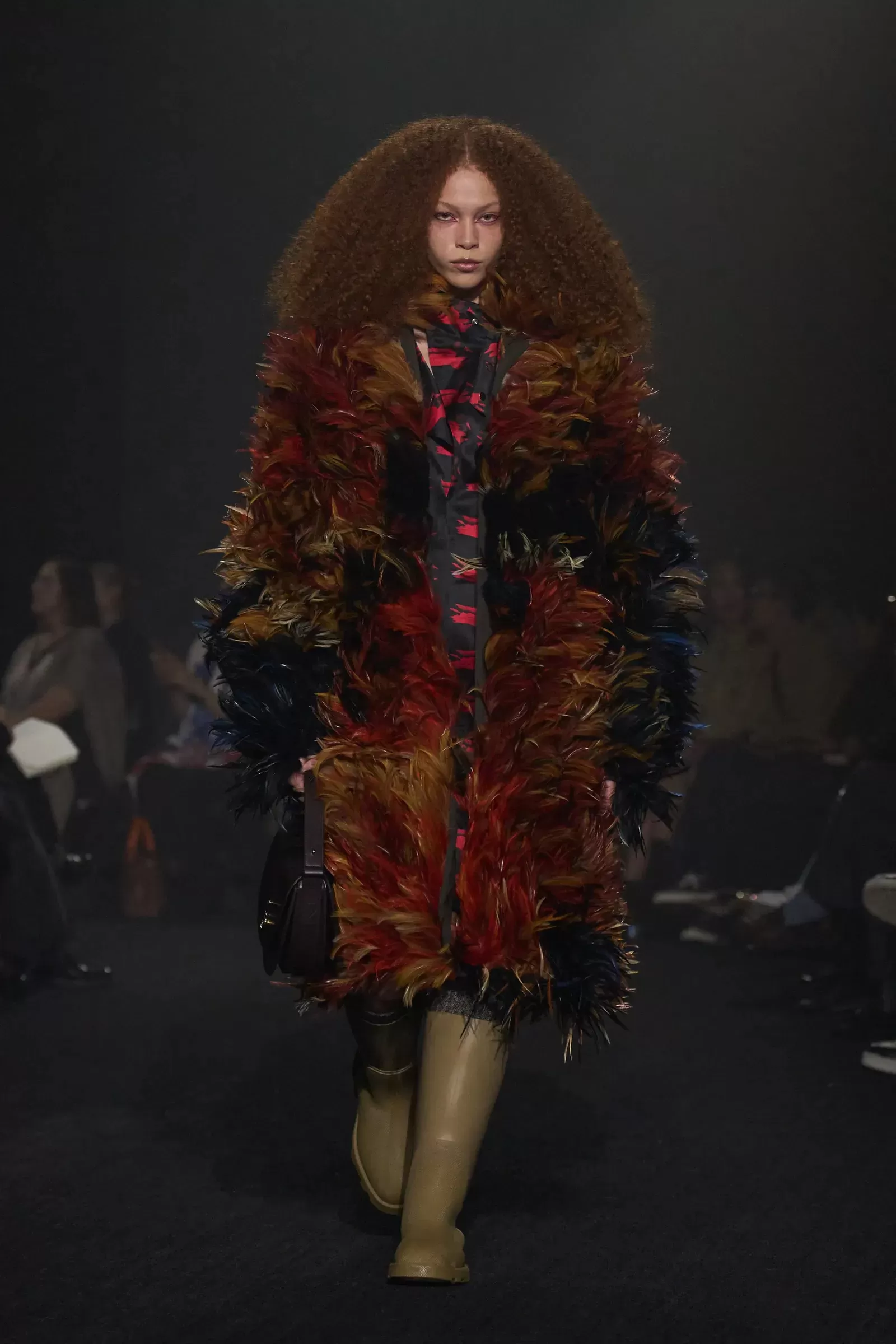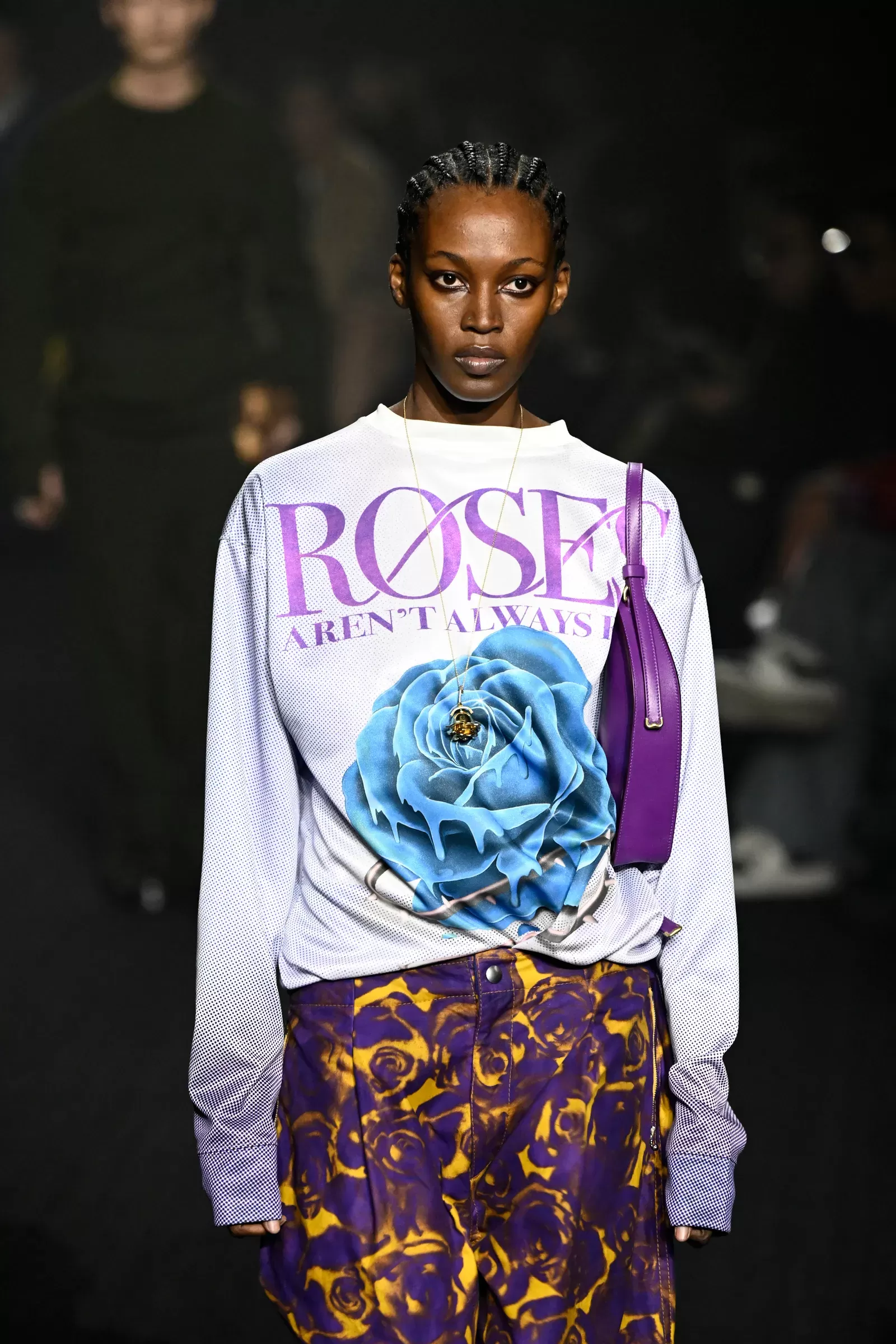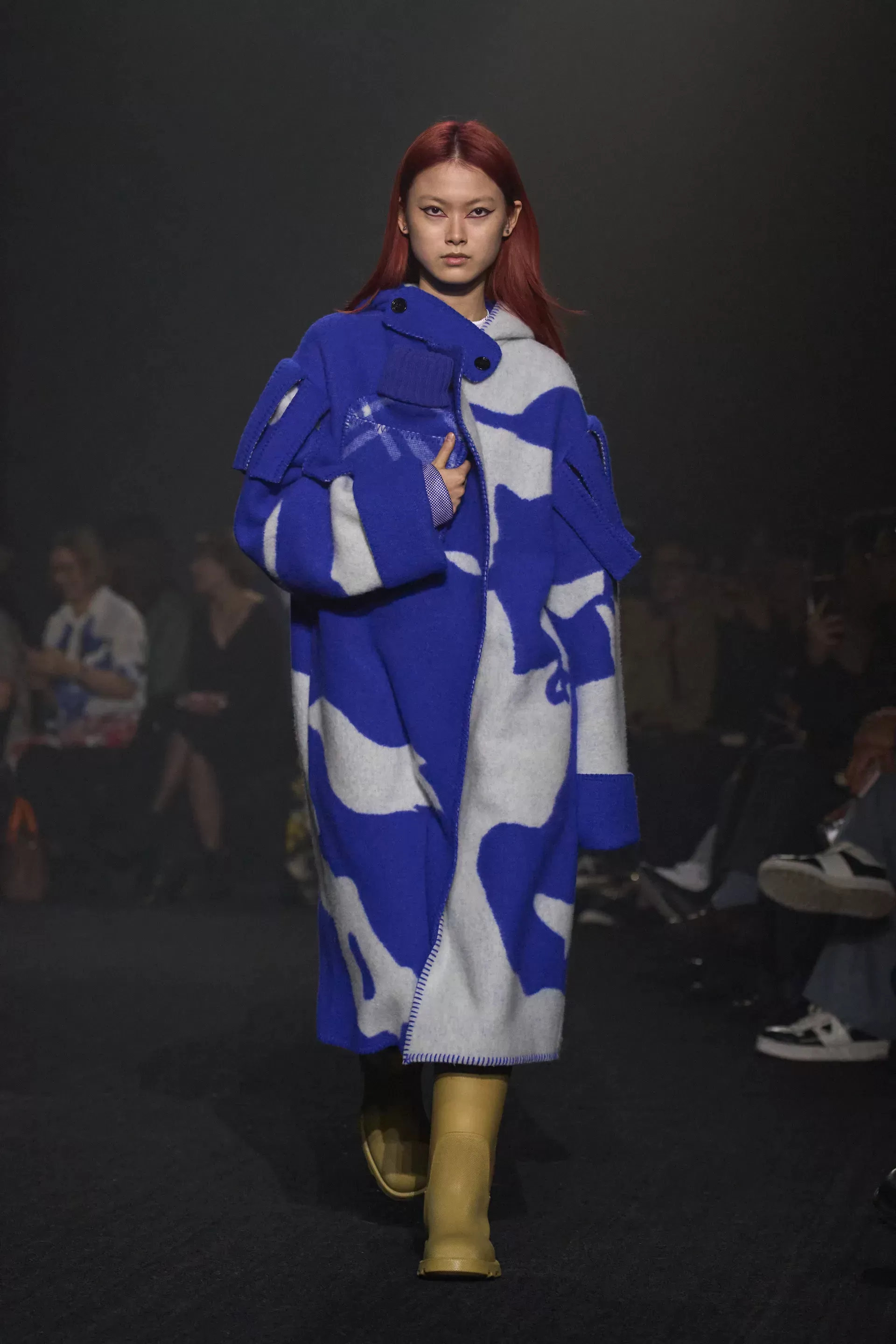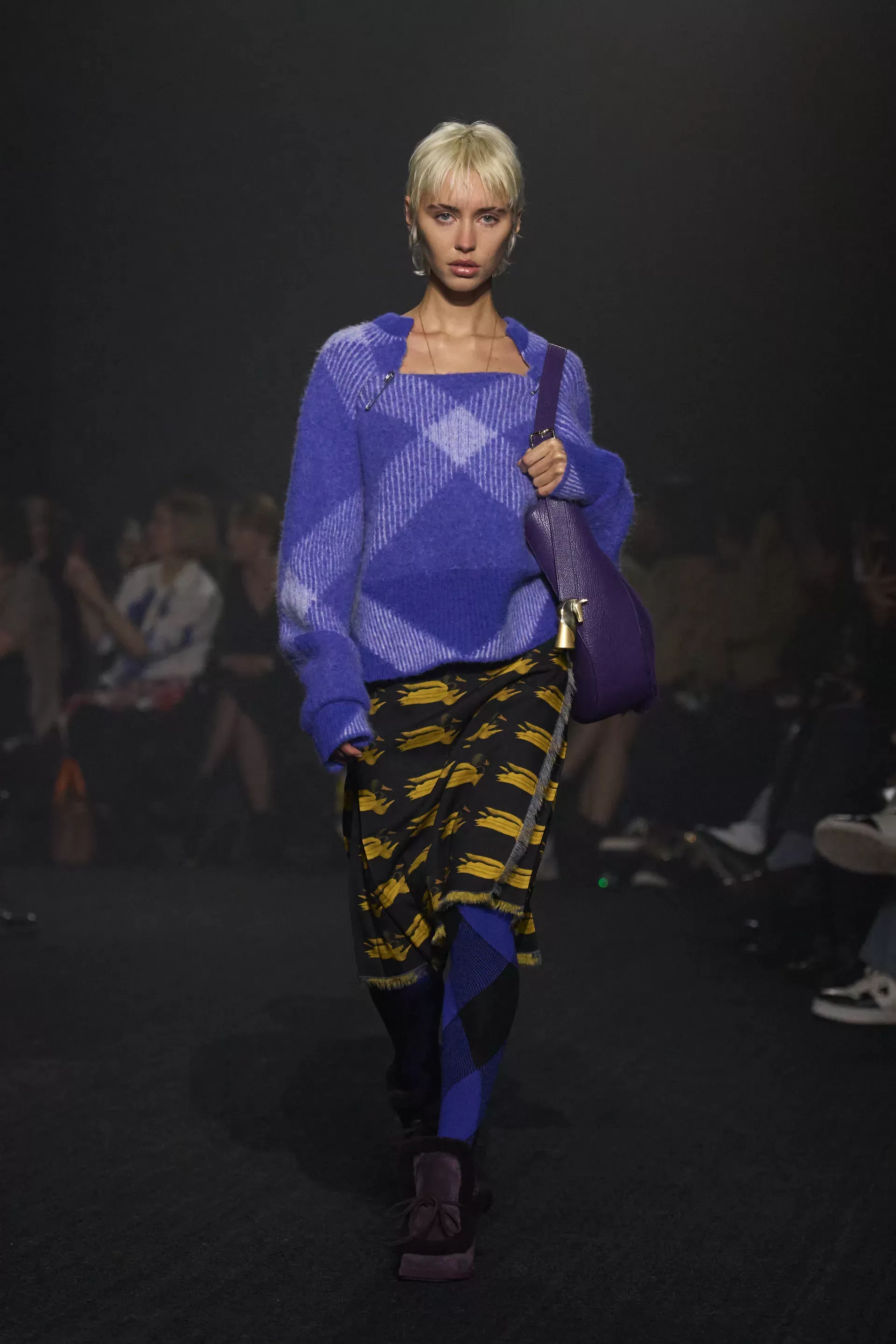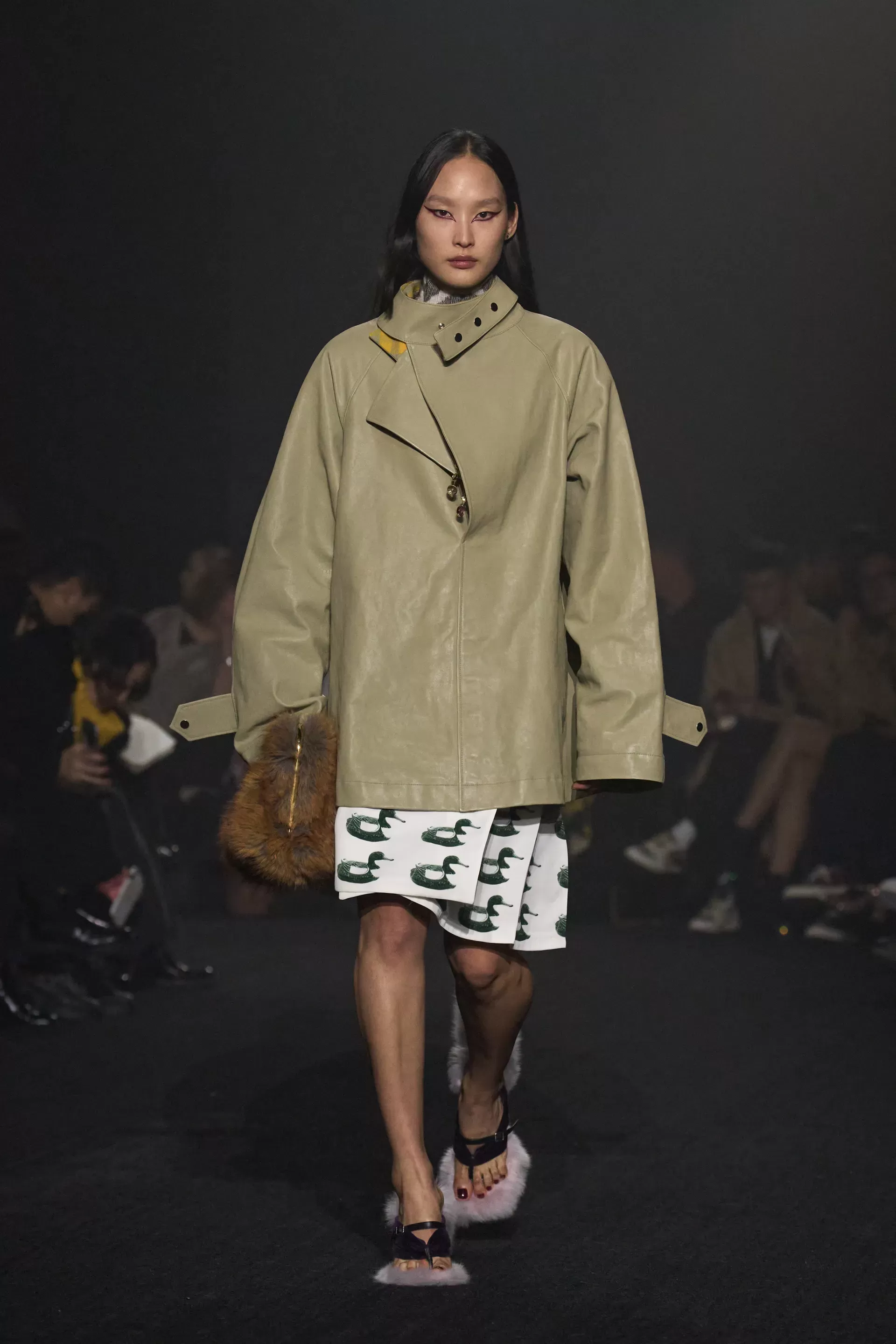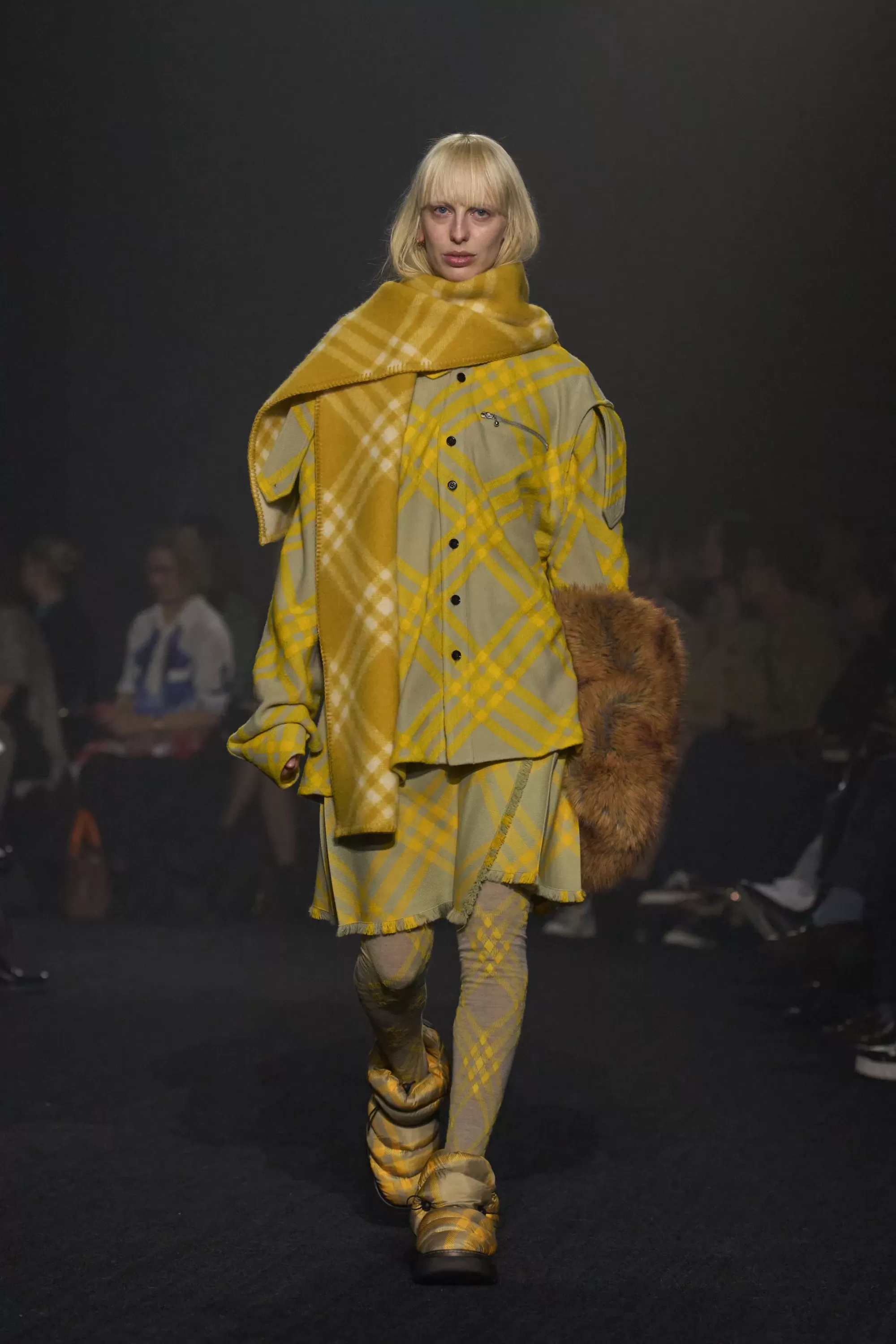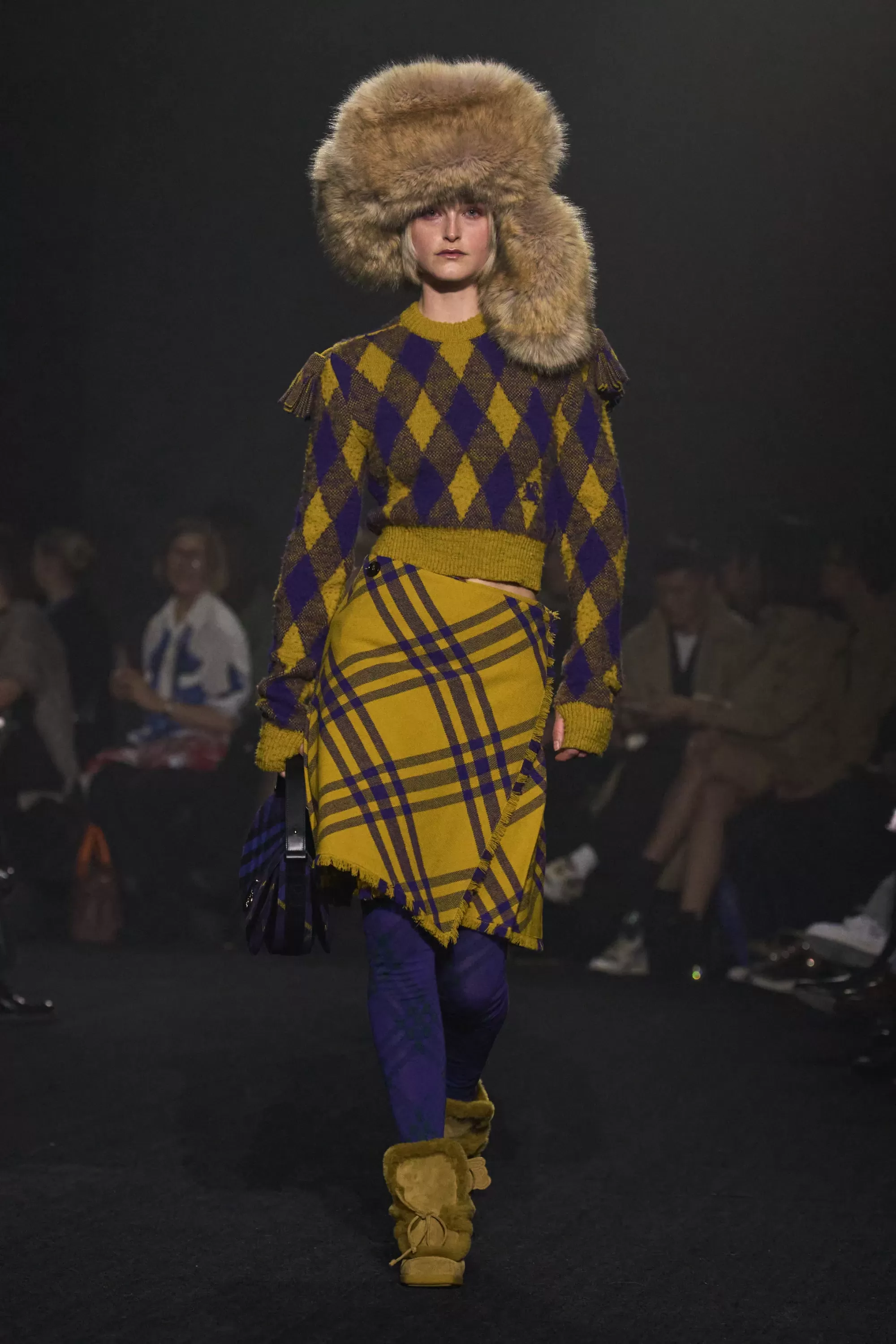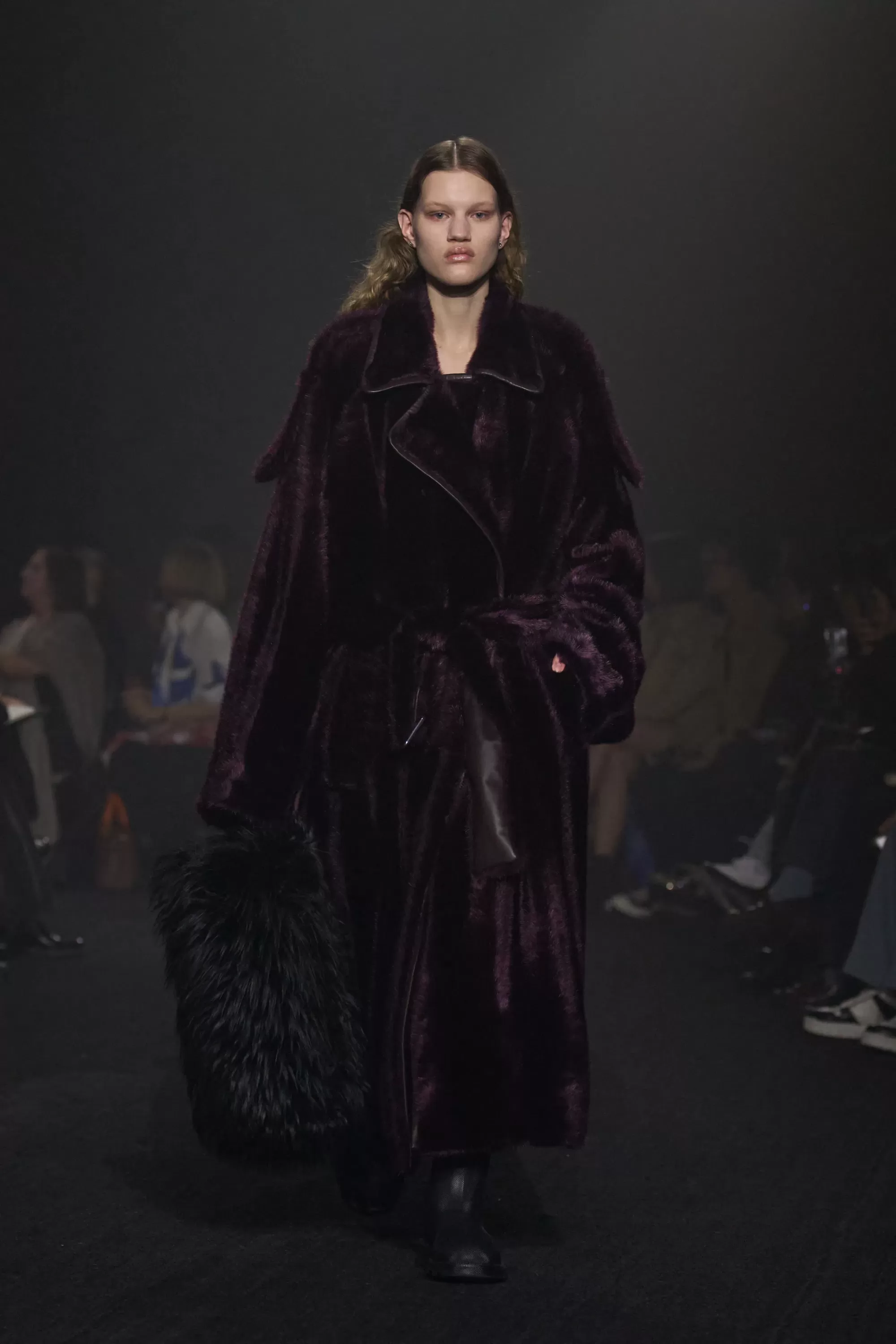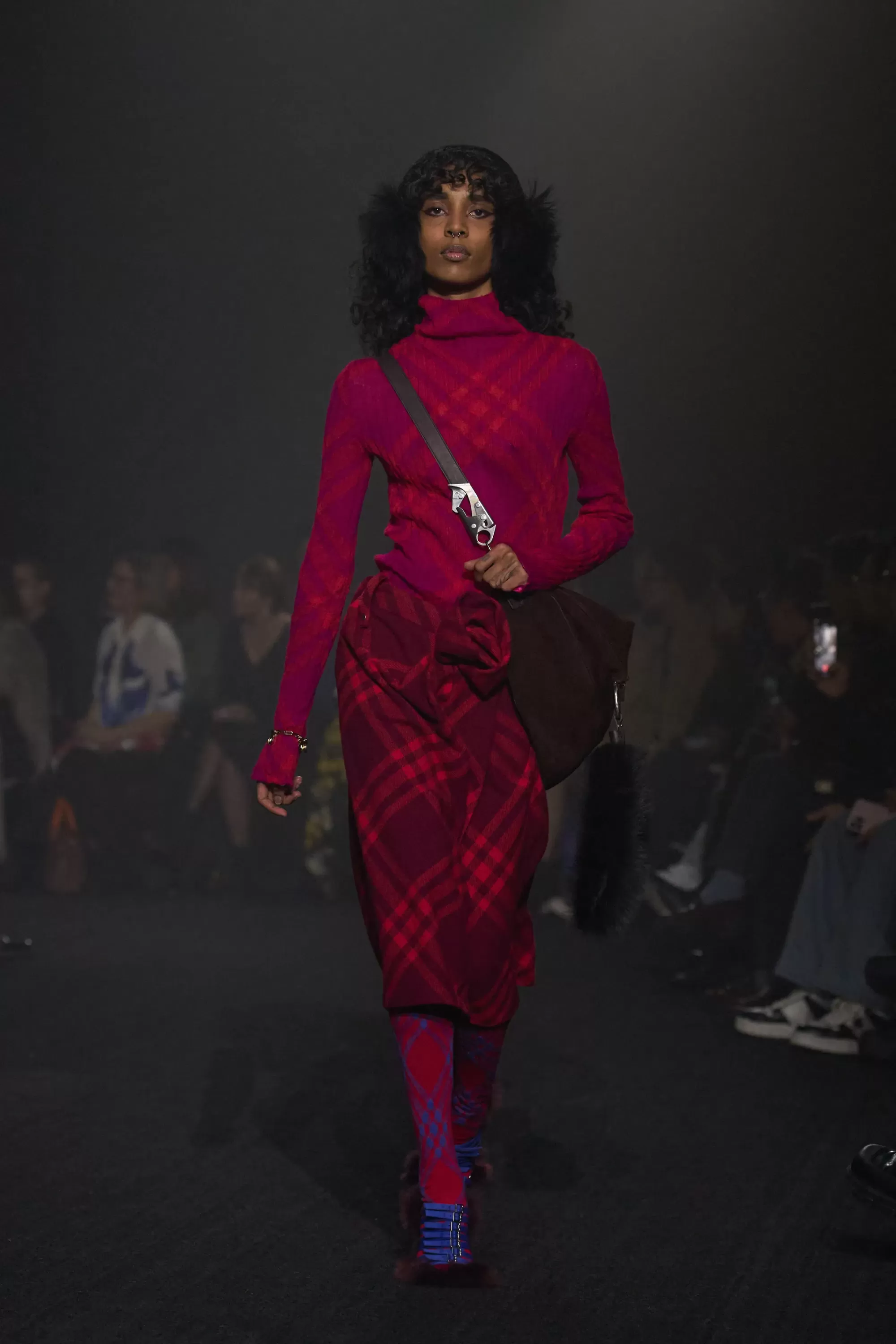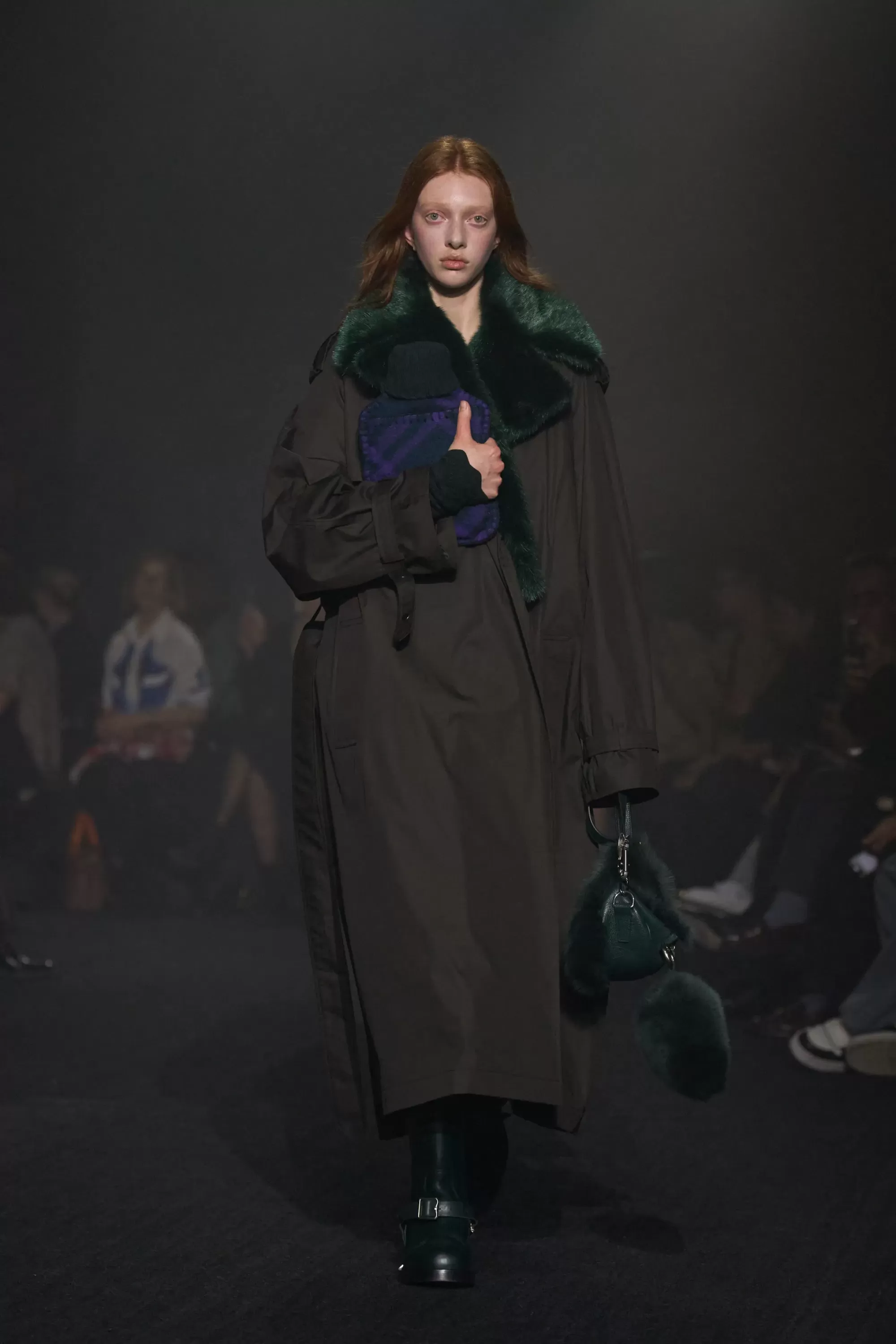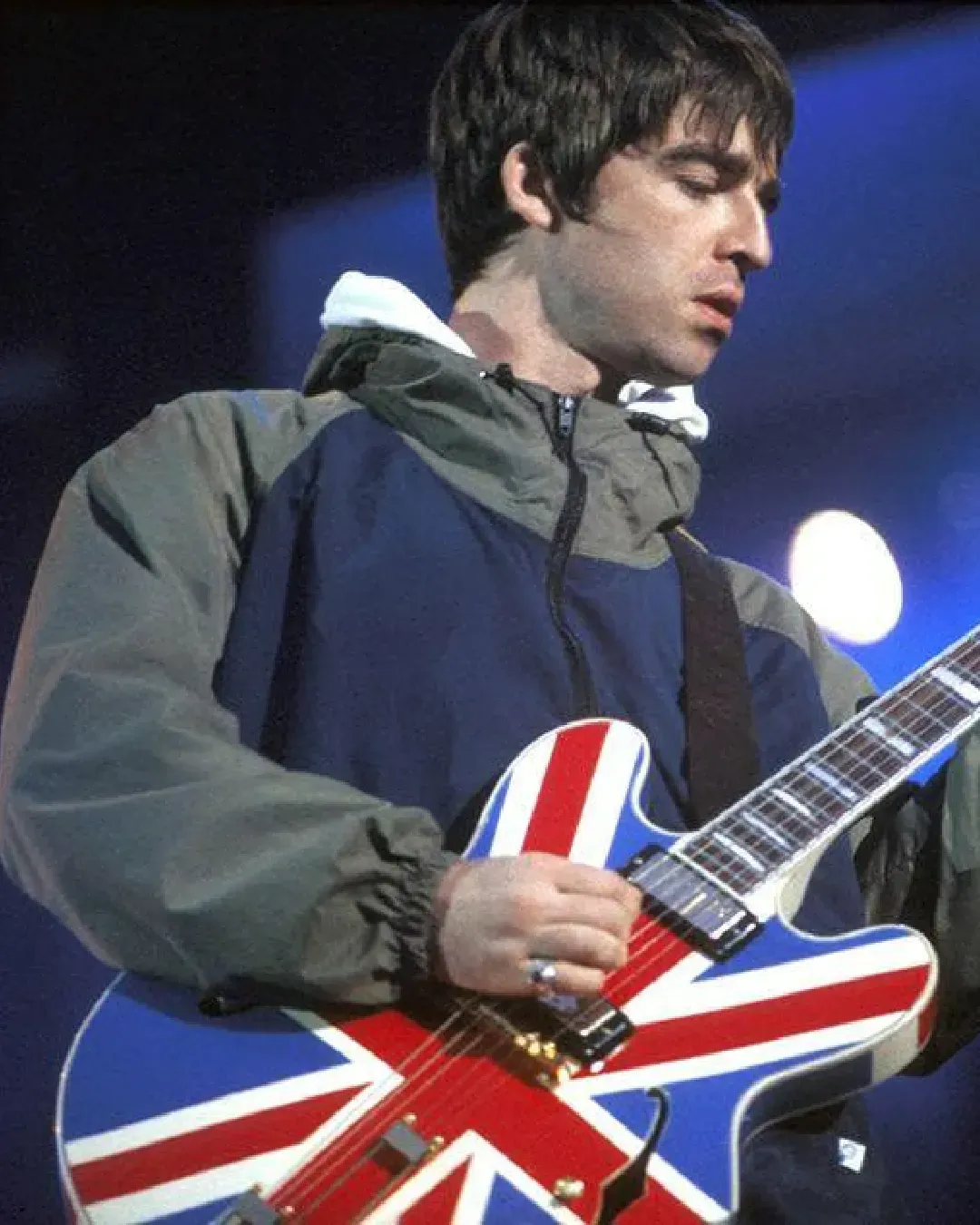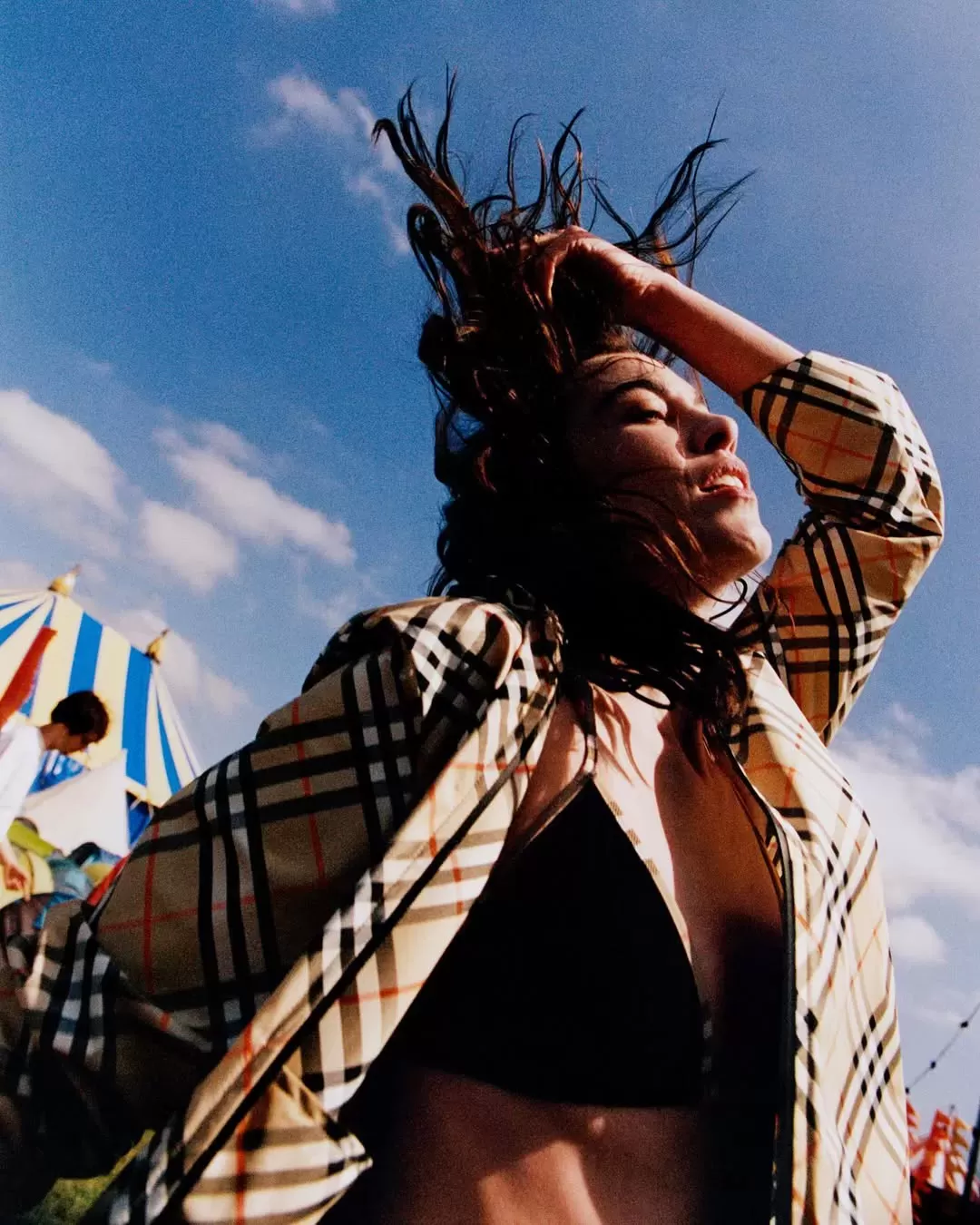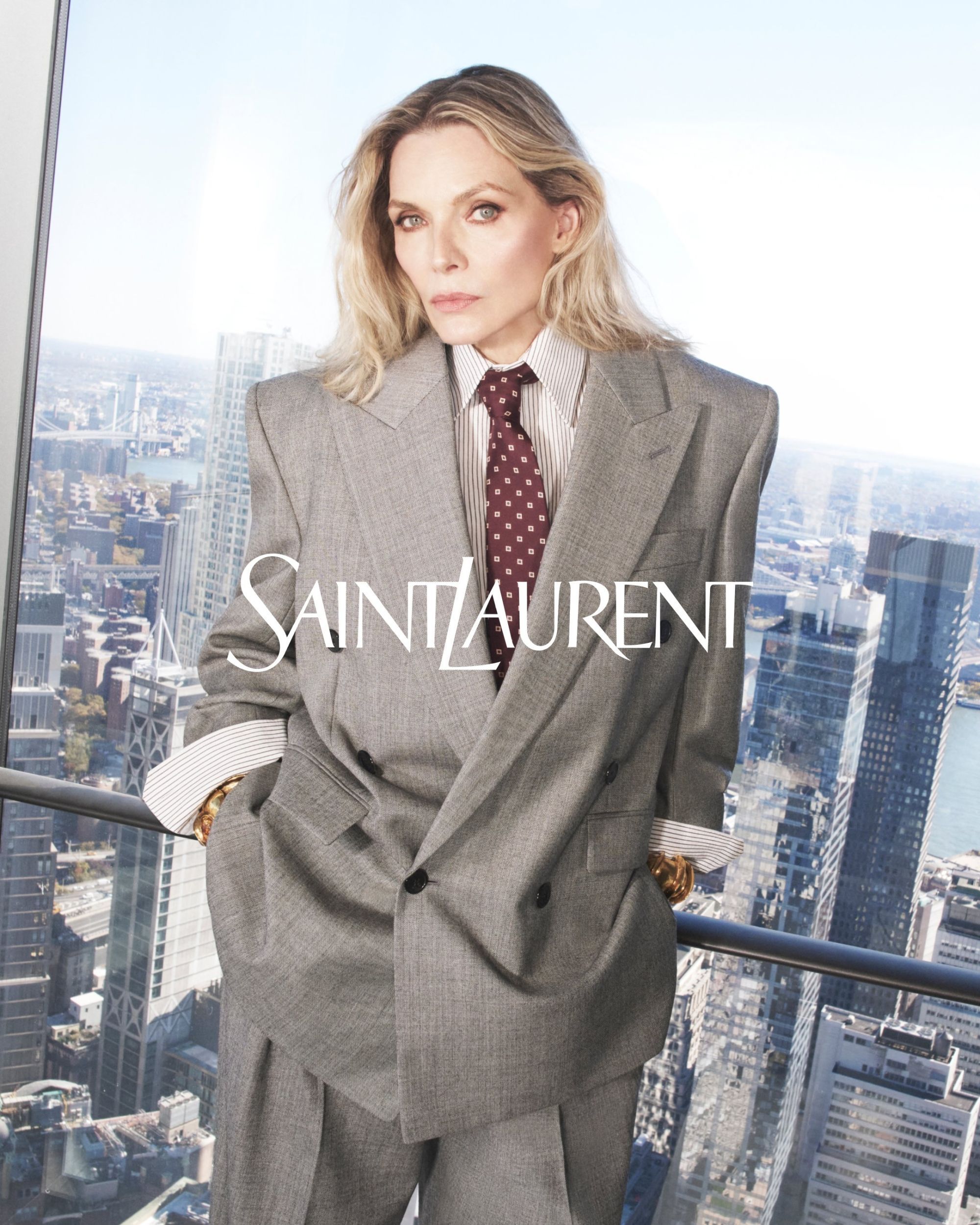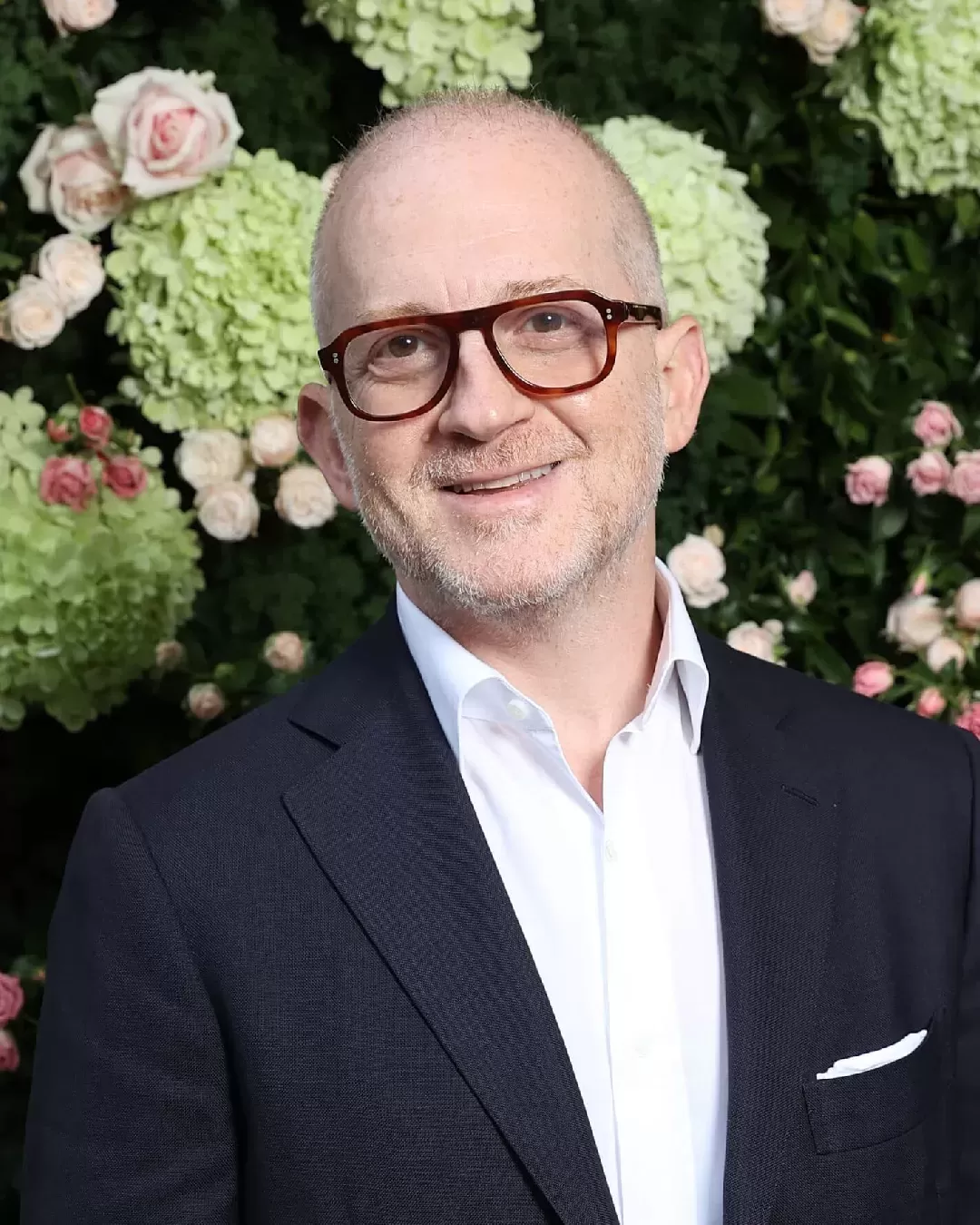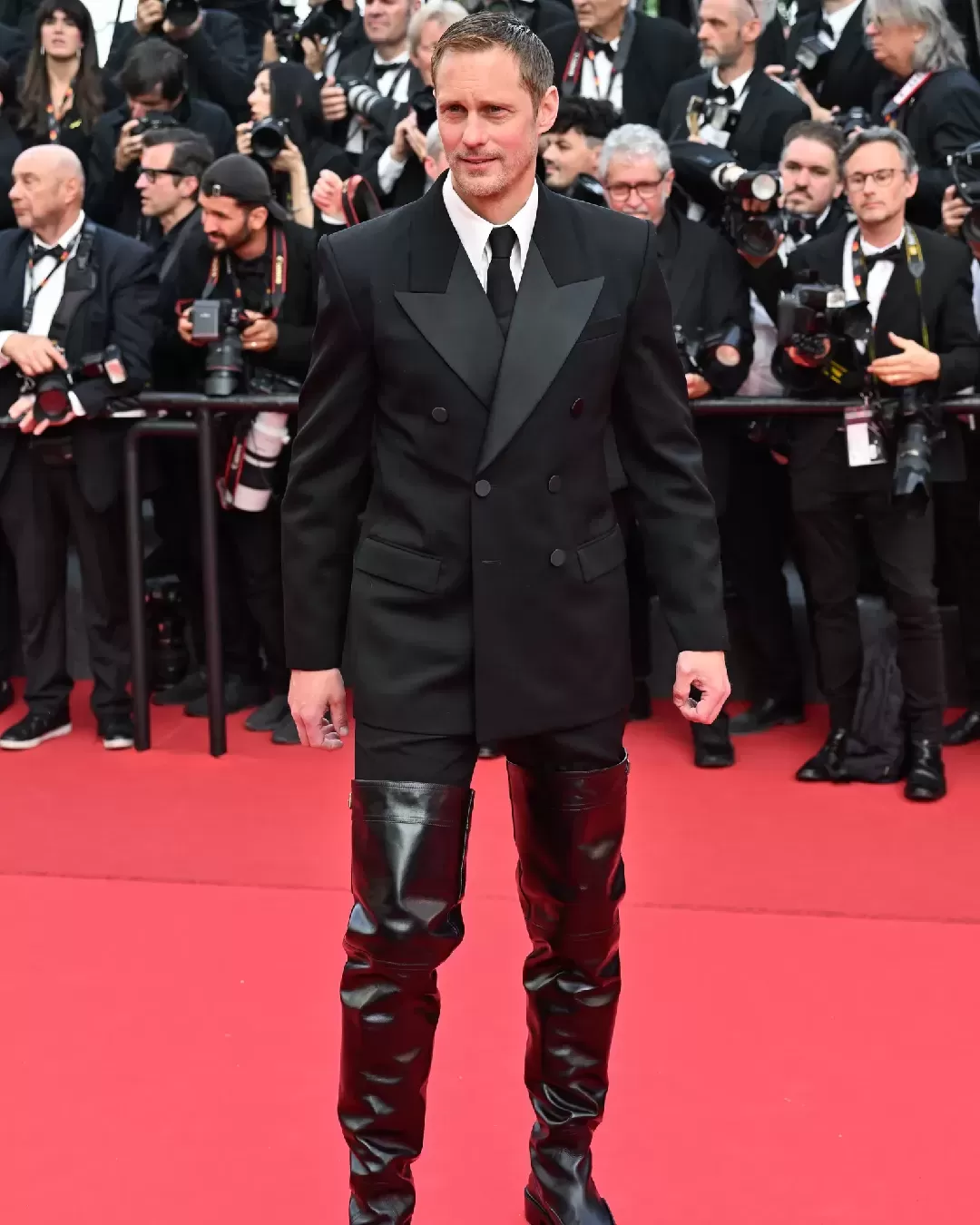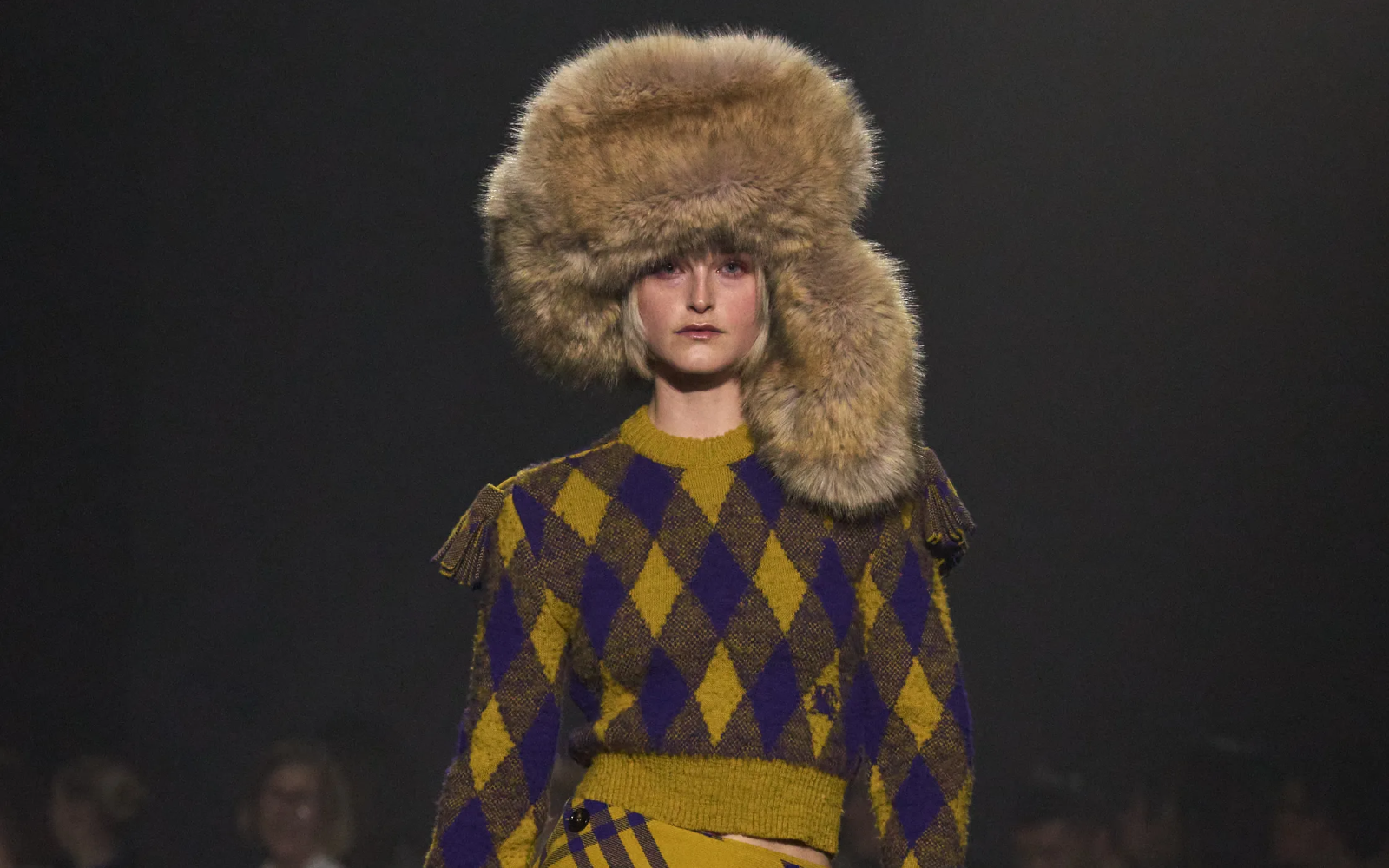
Burberry's unfinished change with Daniel Lee Can you replicate a miracle?
Among the events of London Fashion Week, Daniele Lee's debut as creative director of Burberry was certainly the most talked about: insiders were curious to see how the Bradford-born designer would reinterpret the heritage of the English maison. Indeed, as the show began, all the makings of a promising reinterpretation of the archive were in place - from the debut of a new logo reminiscent of the "Prorsum" graphics from Christopher Bailey's time to a host of big names for his first campaign, including Shygirl, Skepta and John Glacier - what was perhaps missing was the full realization of these premises on the catwalk. A riot of check prints, the atmosphere of a rainy London, hunting clothes, and many, perhaps too many, looks, Burberry's FW23 was an exploration of British heritage and identity in times of trouble, but expectations were perhaps too high. One wonders if Lee will be able to repeat the Bottega phenomenon during his tenure by boosting the fortunes of a brand that is very underpowered in terms of hype, or if miracles only happen once.
The designer chose a plot of land in Kennington as the venue for his first fashion show for the brand, erecting a huge tent in a local park and filling it with brown checked Burberry cushions and cozy blankets. Matching hot water bottles were also hung on attendees' seats to protect them from the fickle London weather. 'The wind of change' was not only the song to which the models paraded but also a real statement of intent: 'Change is inevitable' was written on the sleeve of a T-shirt. The tropes of English culture, reinterpreted in reference to the heritage of the house, were the lynchpin of the collection: tartan in Burberry's signature colors (yellow, burgundy, blue), the rose, the heritage of the heraldic coats of arms of the English aristocracy ("a rose is not always a rose', said the graphic of a T-shirt along with 3D decorations adorning sandals with socks), hunting wear. The hunting look of rural Britain has landed in the city in the form of curved polos, suede boots, furry flip-flops, and even a hot water bladder carried as a clutch bag. In the wake of quintessentially British humor, the brand's new mascot winked in graphics and embroidery: a duck, a reference to the phrase Lovely weather for ducks!, a typical phrase Brits exchange when they meet in a downpour. Even the trench coat, the must-have garment that made Burberry famous around the world, has been given a new lease of life in a gender-neutral key, through oversized volumes, squared shoulders, midi hems, and furry collars.
The result of a mix of feathers, tartans, earthy colors, and bold volumes is a biting maximalism in search of direction. The change is there and it is obvious compared to Tisci's work, but the result still seems too confusing to give us a definite idea of the new course envisioned by Lee. Perhaps the time is not ripe, or perhaps expectations are too high. After all, Lee was the designer who turned Bottega Veneta from a dusty traditional brand into a luxury giant loved by fashion critics and copied by fast fashion chains. Can Burberry inspire the same desire? Only time will tell.










































